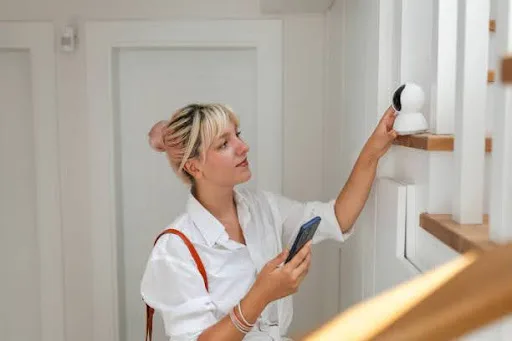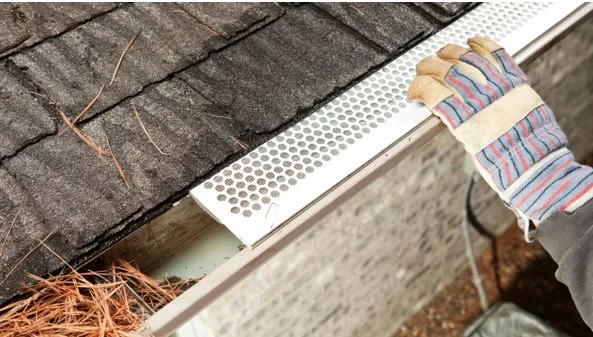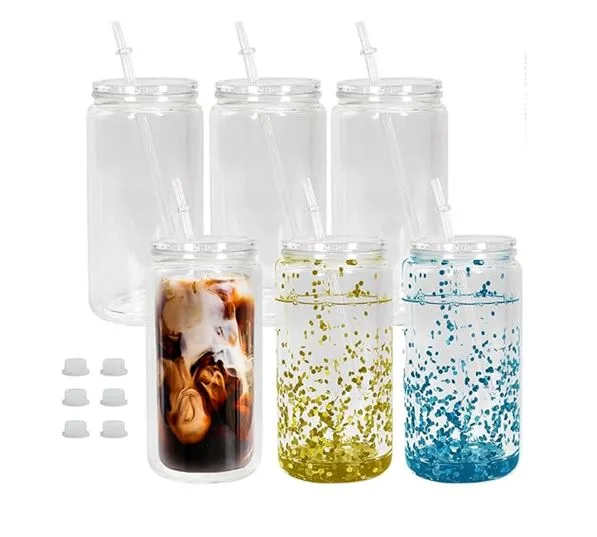What Happens When Creativity and Security Work Together
Combining innovative thinking with expert protection creates smarter, safer solutions for everyday life and business.
When most people think of security, they think of something strict, regulated, and serious, like cameras, alarms, or guards. Art, ideas, and free-flowing imagination are all things that are related to creativity. They may look like two very different universes at first.
But the truth is that some of the best and most useful security solutions arise from combining creativity and protection. Combining these two worlds not only makes systems safer, but it also makes them smarter, easier to use, and frequently unexpectedly new.
I recall going into a coworking place that had a security system I had never seen before. It wasn’t cold or scary; it was subtle and intuitive, almost undetectable. But I felt perfectly safe. I realized then that security doesn’t have to be strict to perform successfully.
Using creativity to rethink security
Security methods have always seemed one-dimensional: cameras to watch, guards to enforce, or access credentials to limit. These strategies work, but they don’t always let you change them or make them your own. This is when you need to be inventive.
Creative thinking lets people build security solutions that take into account how people act, the surroundings, and how easy they are to use. For example, a creative way to make spaces that are both safe and welcoming might use smart technology, careful design, and human supervision.
The Escape Theory is an example of creativity and systematic planning coming together in a completely different way. They create experiences that need strategy, problem-solving, and close attention to detail. You may also use the ideas underpinning these immersive experiences—thinking ahead, predicting what will happen, and making plans carefully—for security.
How Local Knowledge Makes Things Safer
Working with professionals you can trust is another key thing. When the people who put security solutions in place know both the technology and the society they serve, they work significantly better.
For example, if you live in Toronto and want to protect a commercial or residential area, working with security companies in Toronto will make sure that your solutions are right for the location. They know the usual dangers, busy periods, and environmental aspects that generic solutions might not take into account. When you add that knowledge to creative planning, you get better and more reliable defence.
Creating Safe Spaces
Physical environments are one of the most interesting places where creativity and safety come together. Architects, interior designers, and security professionals are working together more and more to make places that are both safe and welcoming.
Recently, I went to a restaurant where security wasn’t visible, but everything from the lighting to the sightlines was planned with safety in mind. The personnel knew that emergency procedures were in place and worked, but guests felt at ease and relaxed. Creative thinking must be a part of security strategy in order to find that equilibrium.
This method works even in online spaces. Websites, apps, and platforms all need to protect users’ data and privacy, but these protections can be put in place in ways that don’t annoy or overwhelm consumers. Creative design makes security easy to understand, follow, and even fun.
For instance, dillerroom.com combines creative design with usability to show that digital environments can be safe without losing their usefulness or beauty.
Being creative when solving problems
Being secure isn’t only about stopping things from happening; it’s also about being flexible and correcting problems quickly. This is when creative thinking truly comes in handy.
I once helped at a community event where managing the crowd became unexpectedly difficult because of last-minute changes to the schedule. The security team kept everyone safe without provoking fear or confusion by using quick thinking, changing the layout of the space, and subtle design cues. That experience taught me that security isn’t just a set of rules; it’s a process that gets better with creative solutions.
It’s simpler to see problems coming, come up with adaptable solutions, and talk to everyone involved when creativity is part of the process.
How to Use Creativity and Security Together in Real Life
Here are some useful measures to take if you want to use this method:
- Begin by watching. Check out your location, procedure, or digital platform. Find out where security feels too strict or invasive.
- Think like a user. Think about how someone might feel if they came into your environment or used your system.
- Get professionals involved right away. Their knowledge can help you come up with creative ideas that are also safe, whether they are a security consultant, a designer, or a tech expert.
- Try it out and change it. Try out your ideas on a small scale first, see how they perform, and make changes as needed.
- Mix different fields. Real-world security is better when people with different skills work together, just way escape rooms combine puzzles, stories, and timing.
Effects in the Real World
When creativity and security work together, the outcomes can be great:
- The spaces are welcoming. People feel protected without having to worry or be limited.
- Systems make sense. The security features are simple to utilize and not too much to handle.
- There are fewer risks. Creative problem-solving looks for problems that strict systems might not find.
- People in the community trust each other more. People feel safe in their surroundings, which makes them happier and more likely to follow the rules.
In short, this method changes security from a strictly practical need to a conscious, integrated aspect of everyday life.
Conclusion: A better way to protect and inspire
It doesn’t have to be scary or cold to be safe. It gets smarter, more adaptable, and more human-centered when you add creative thinking to it.
We can see that protection and creativity can live together and even grow together. For example, local businesses in Toronto use professional security agencies in Toronto, and innovative digital platforms like dillerroom.com and immersive experiences from The Escape Theory.
Instead of seeing security as a bunch of walls, think of it as a system that combines safety, ease of use, and new ideas. That’s where real peace of mind is.






